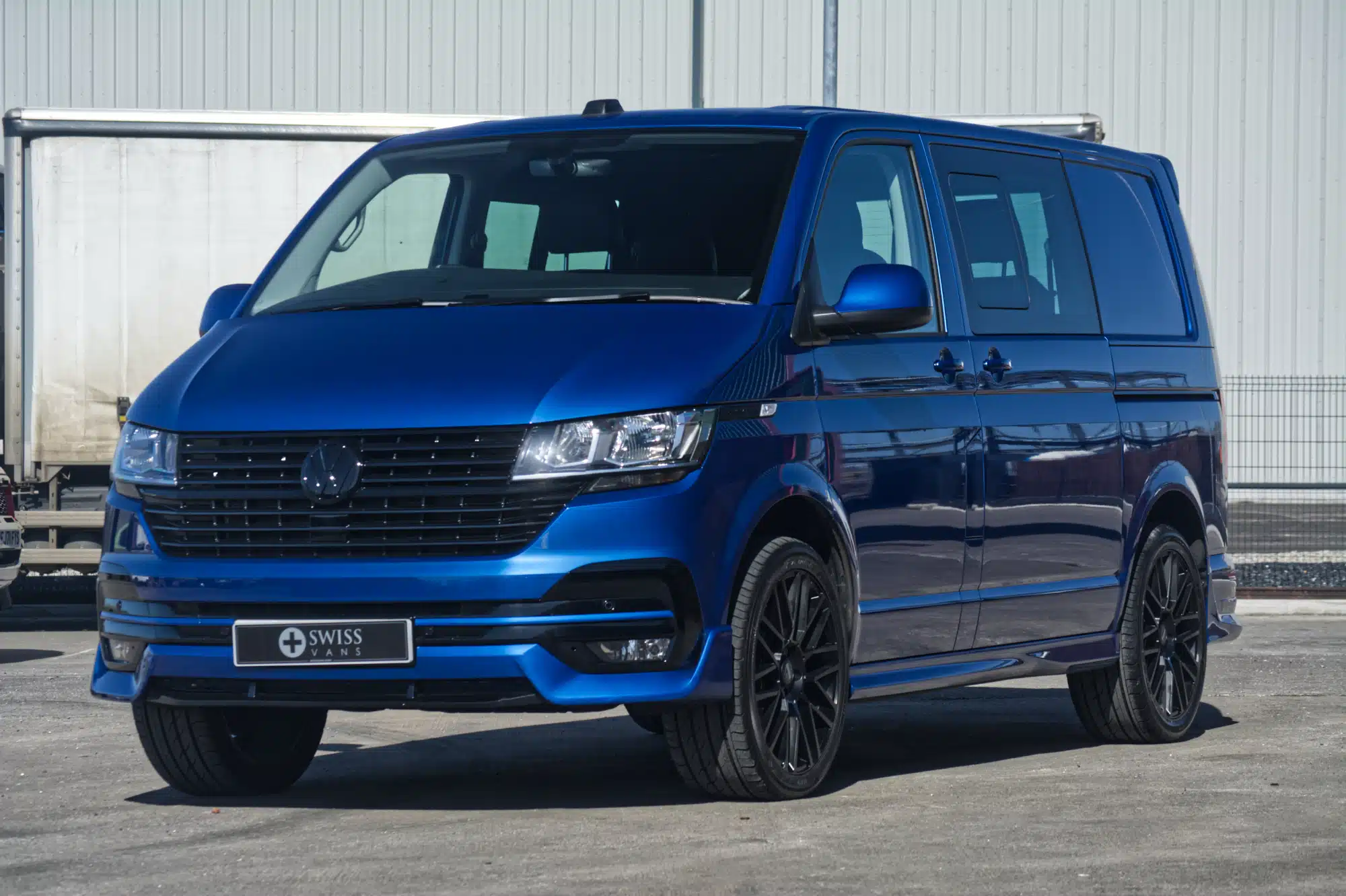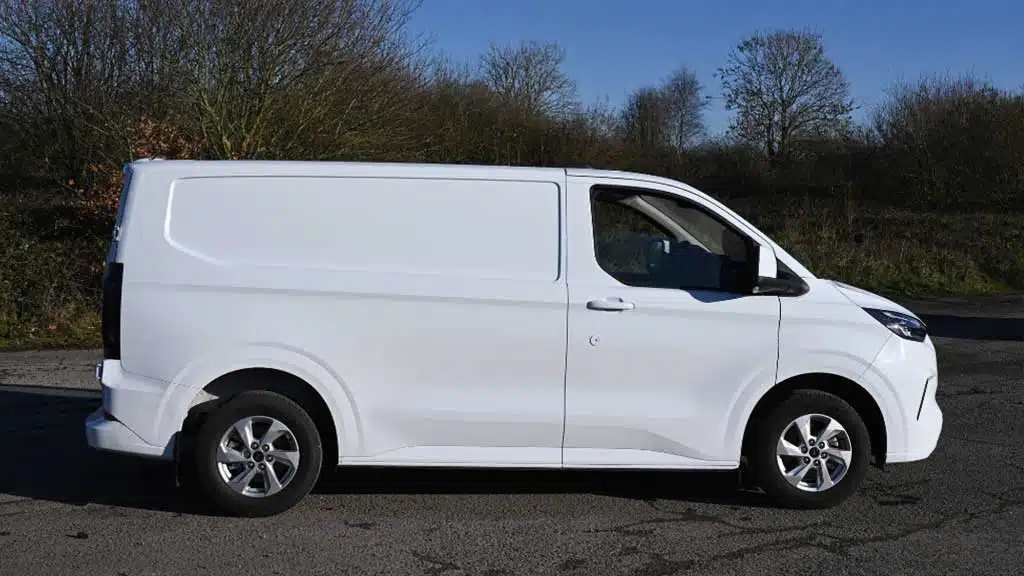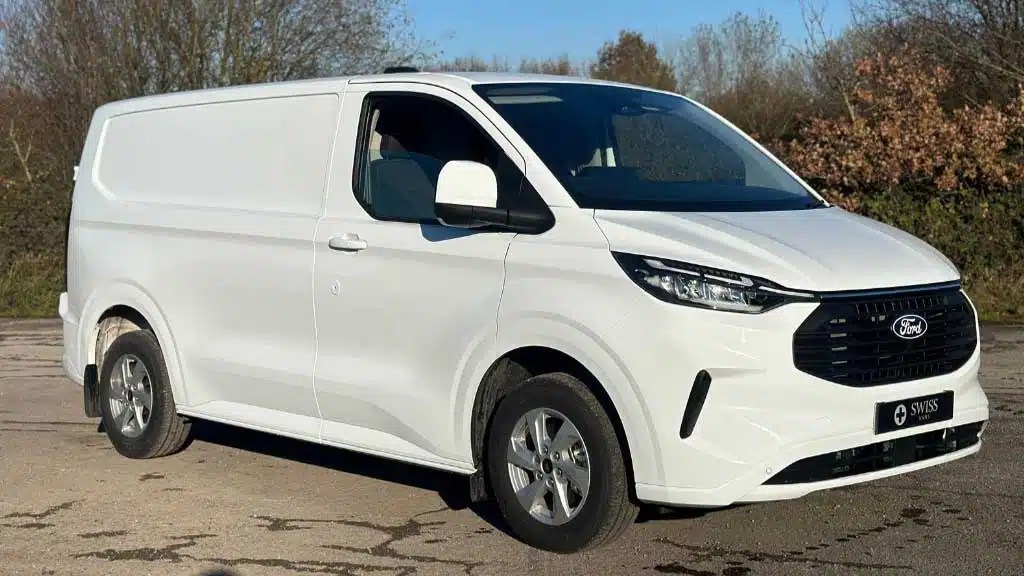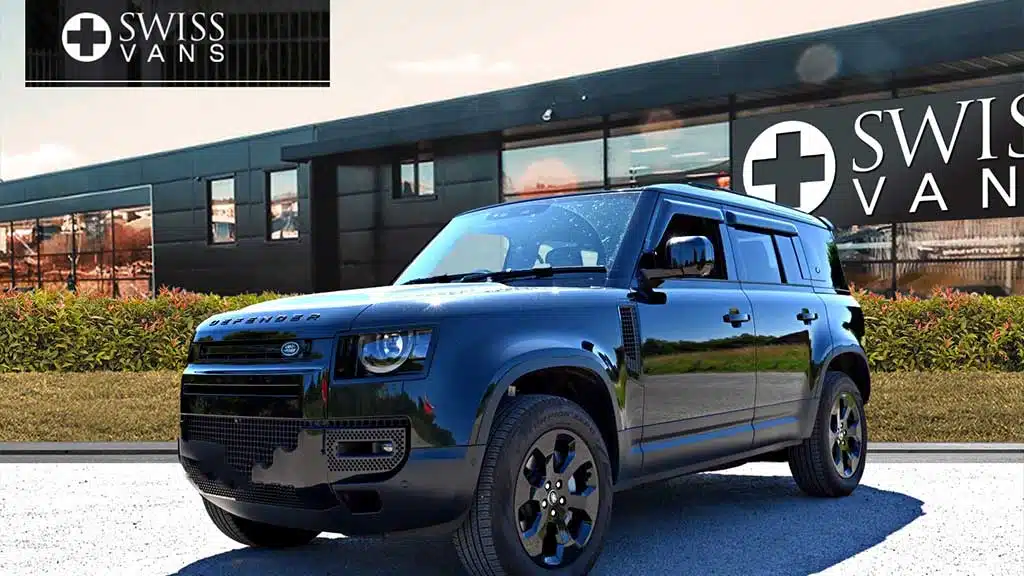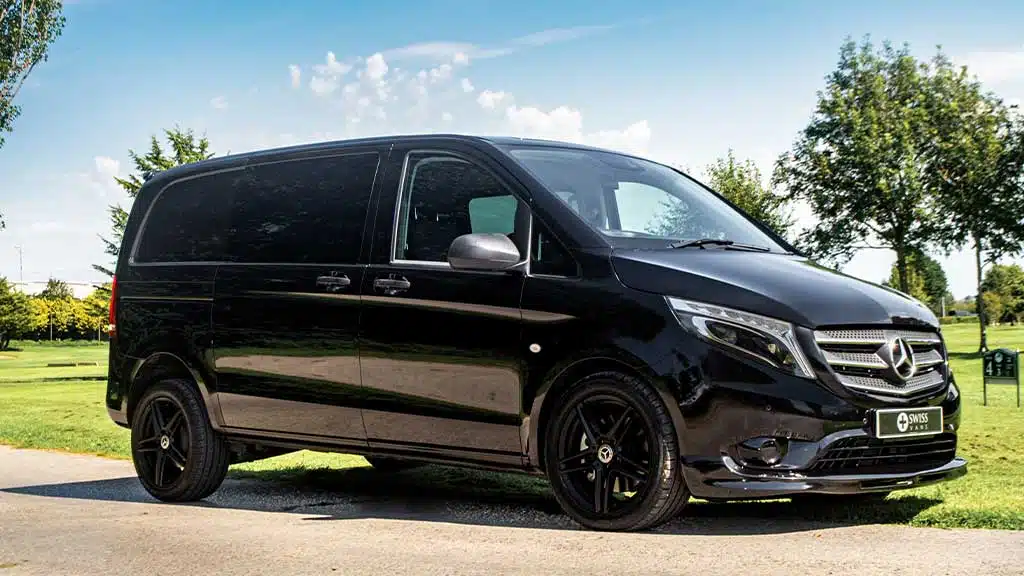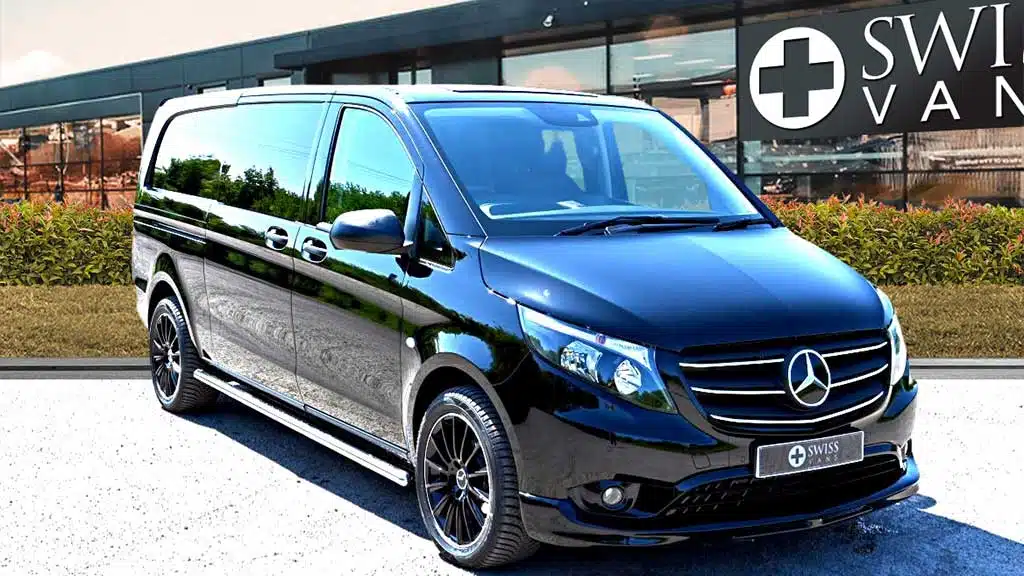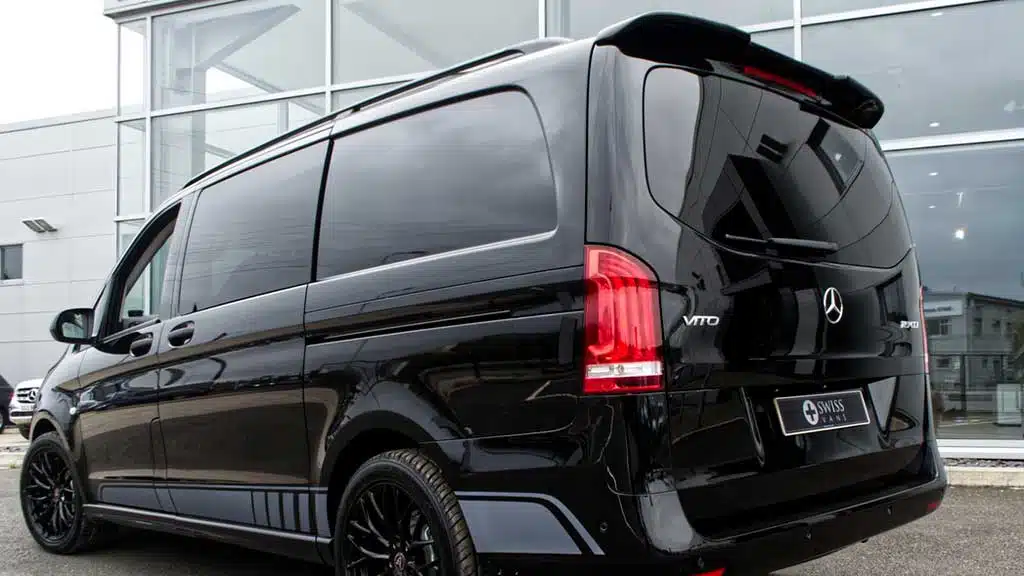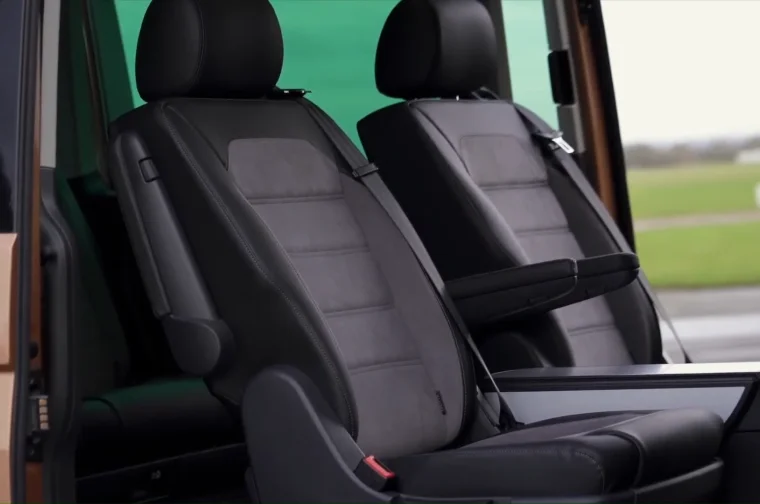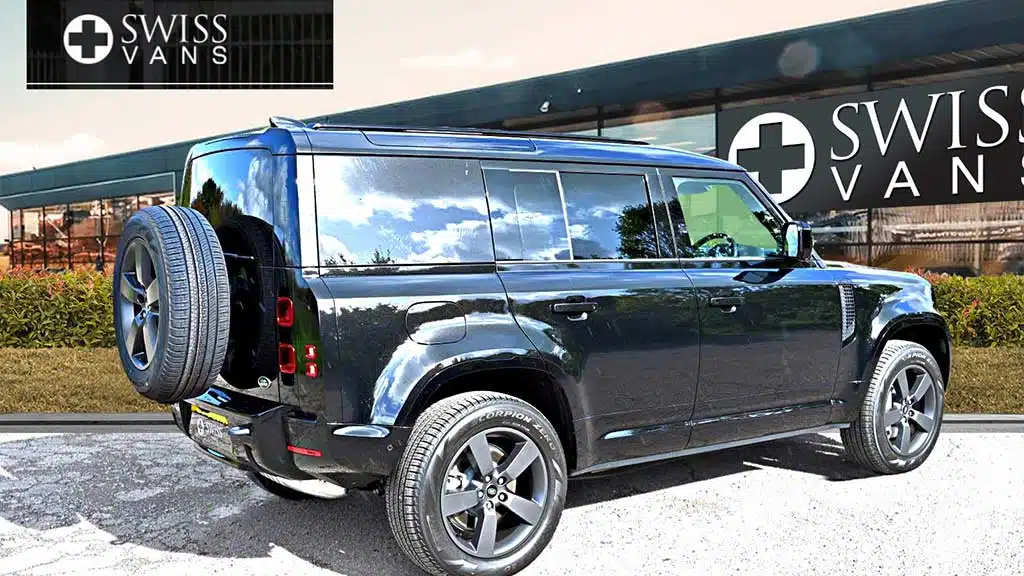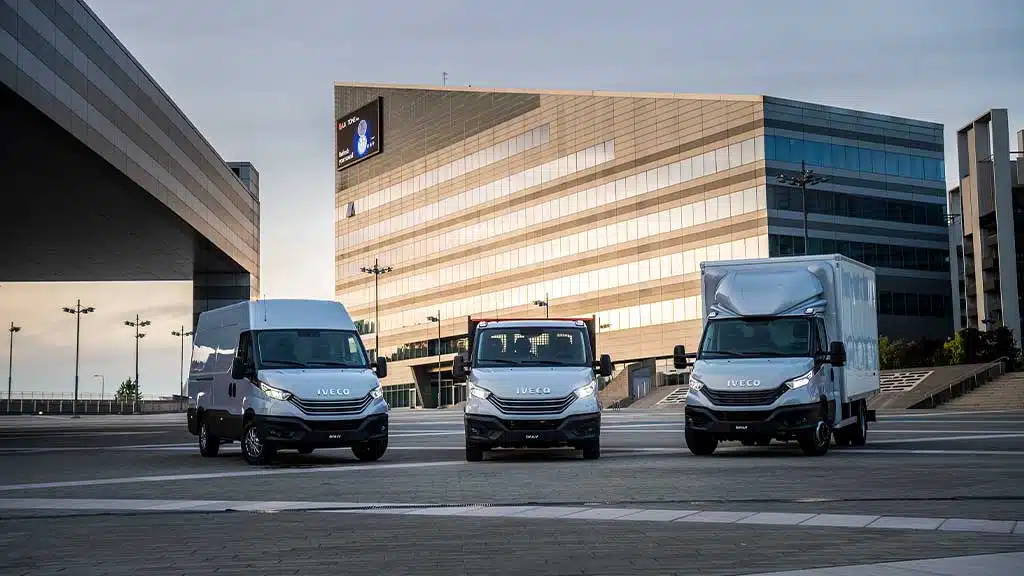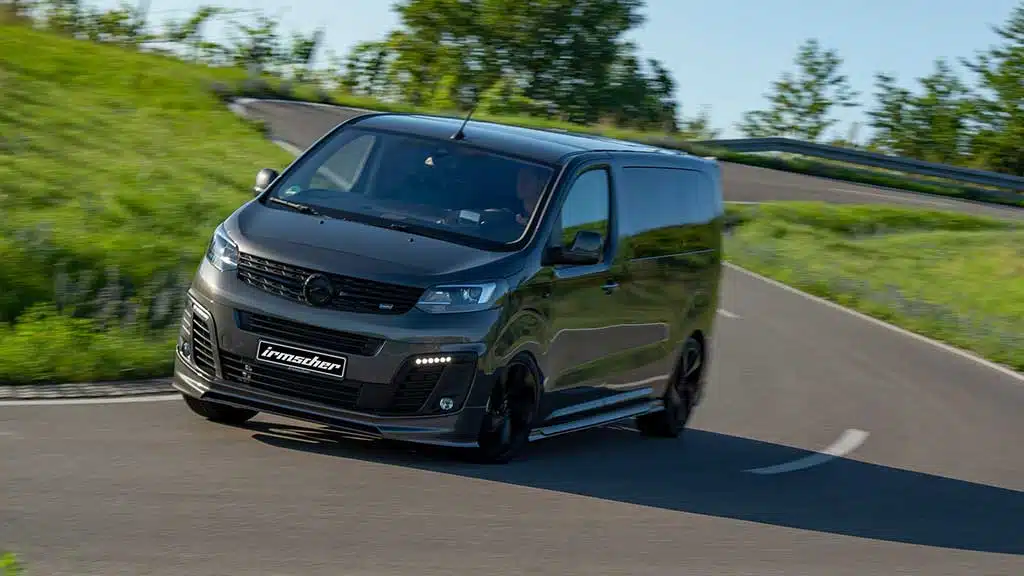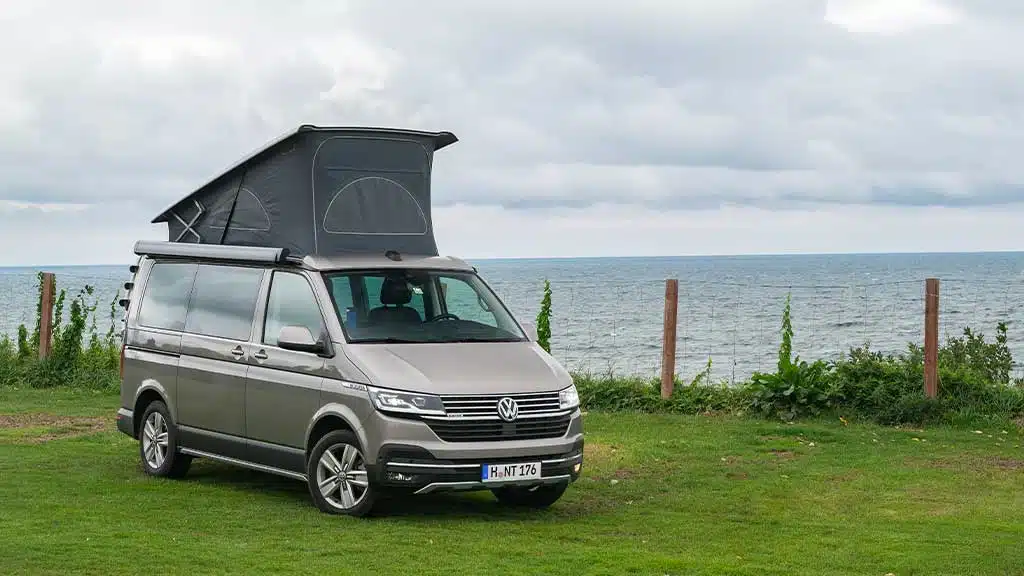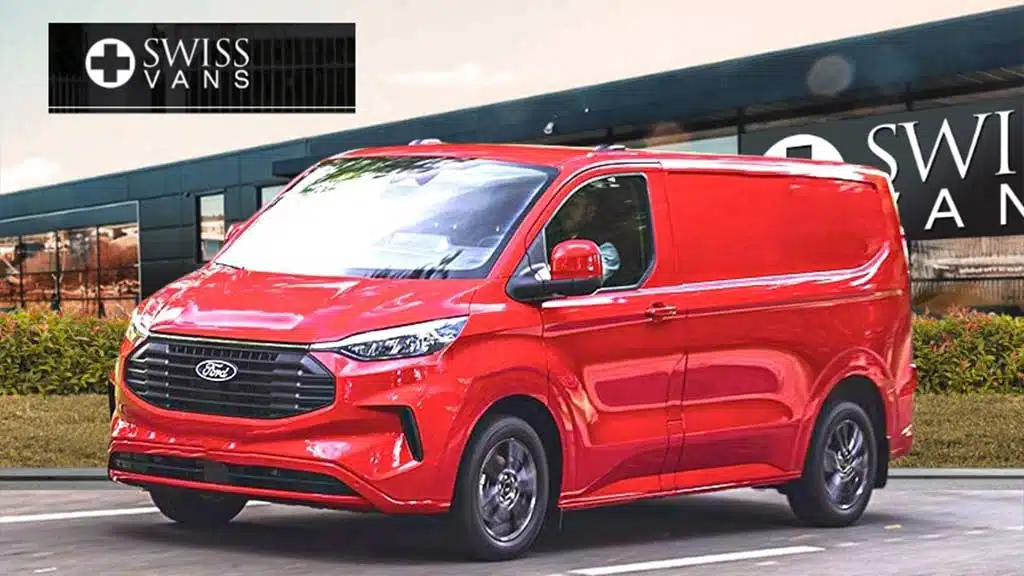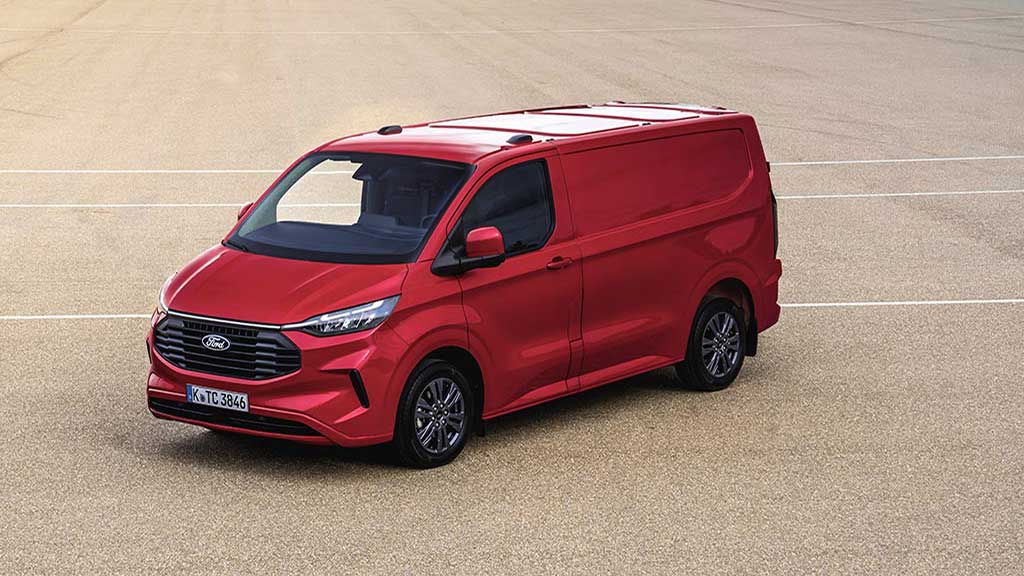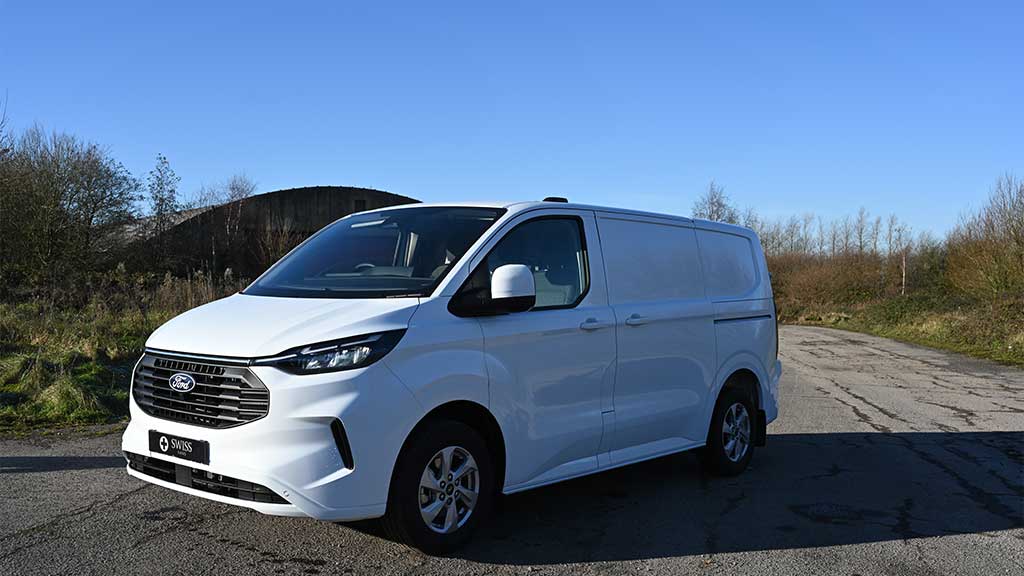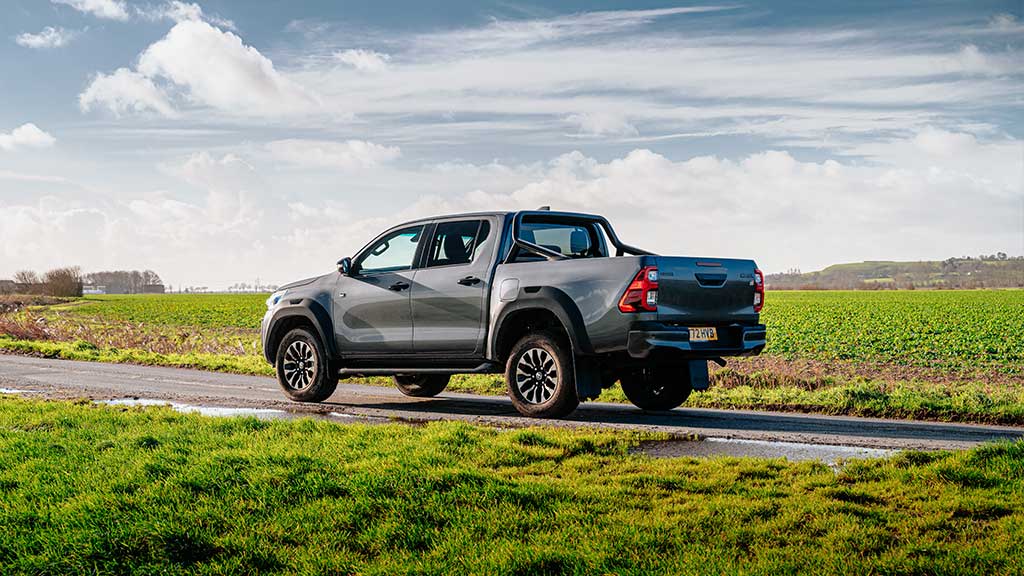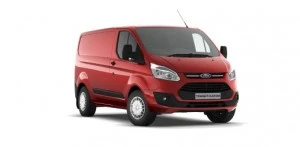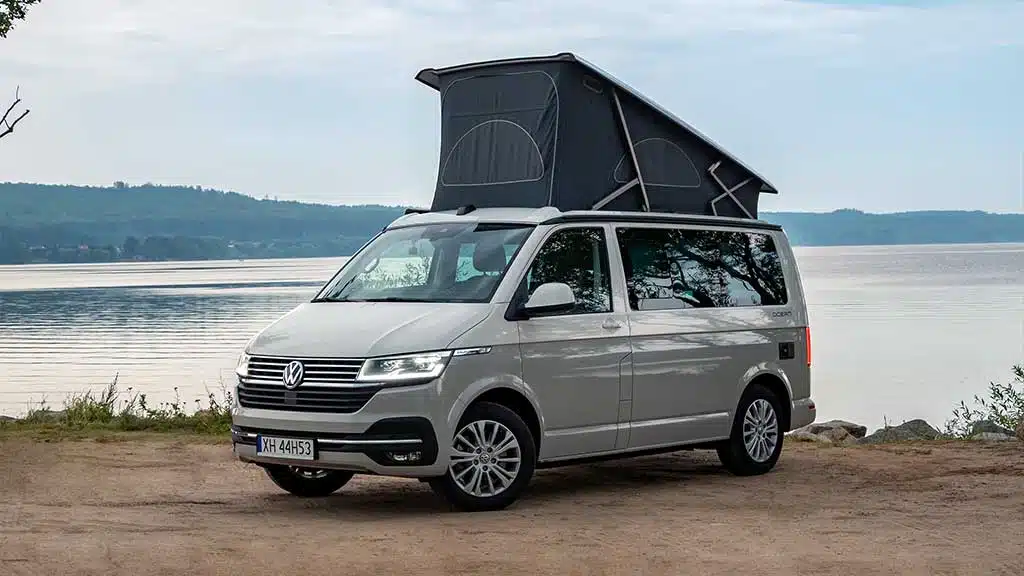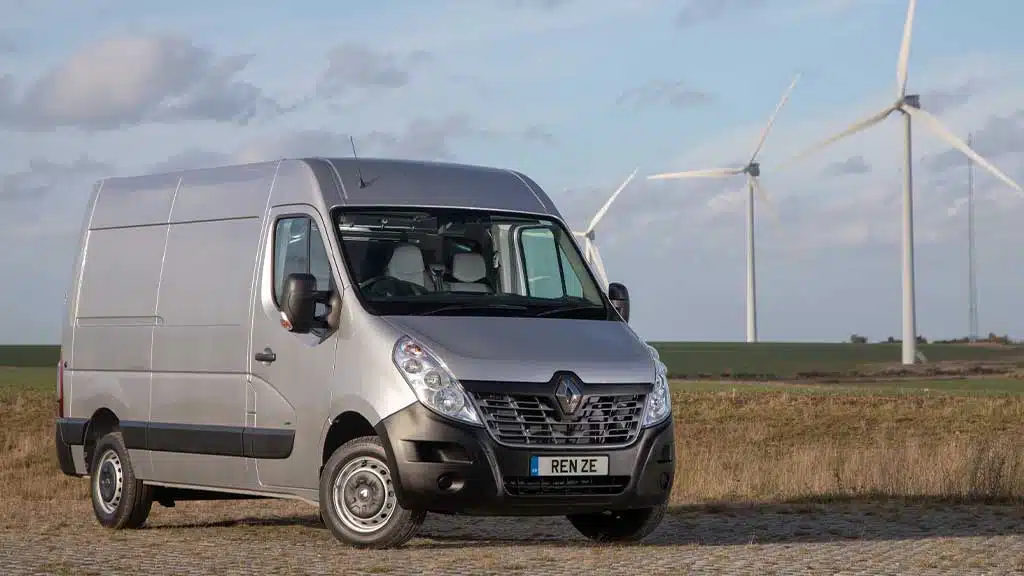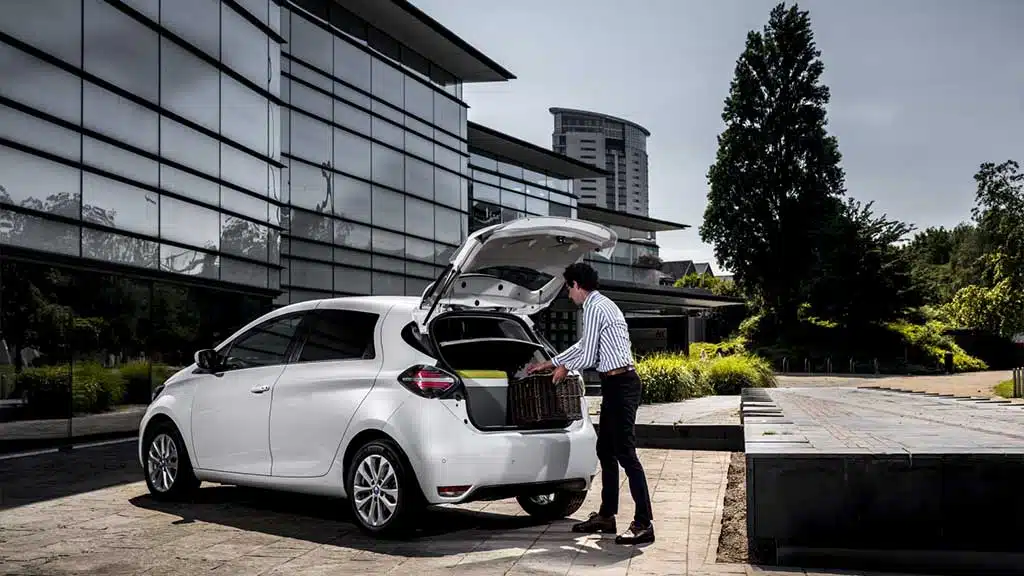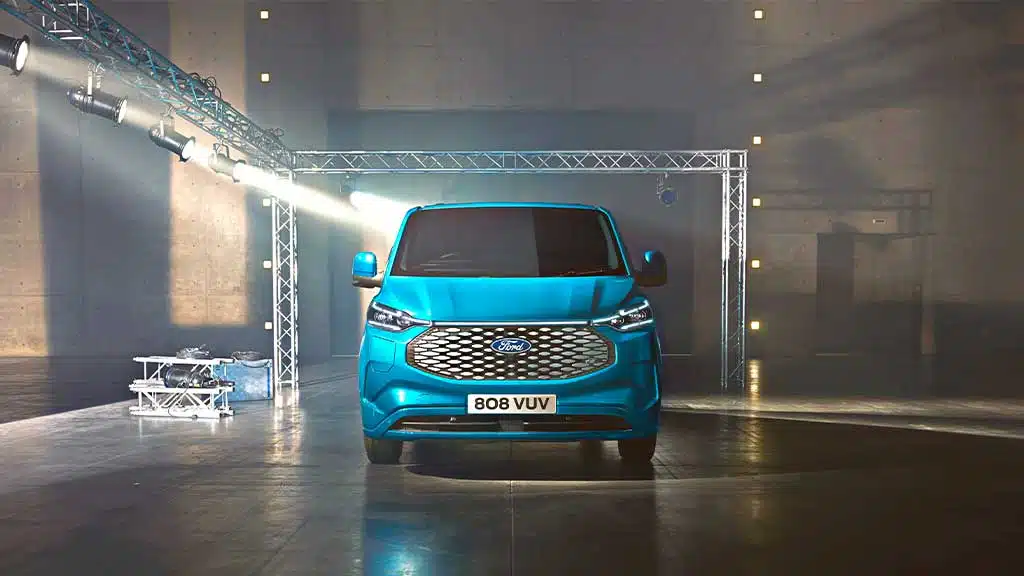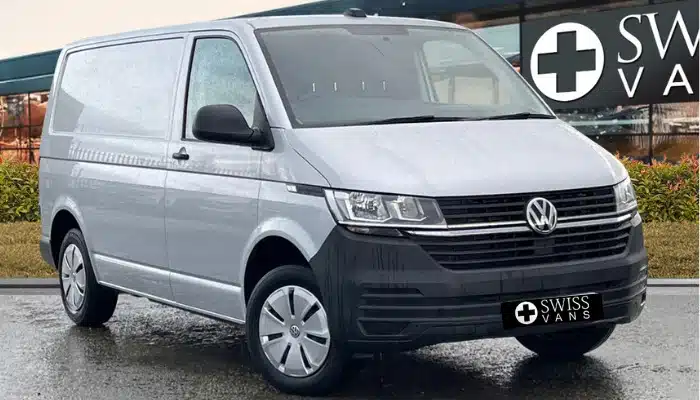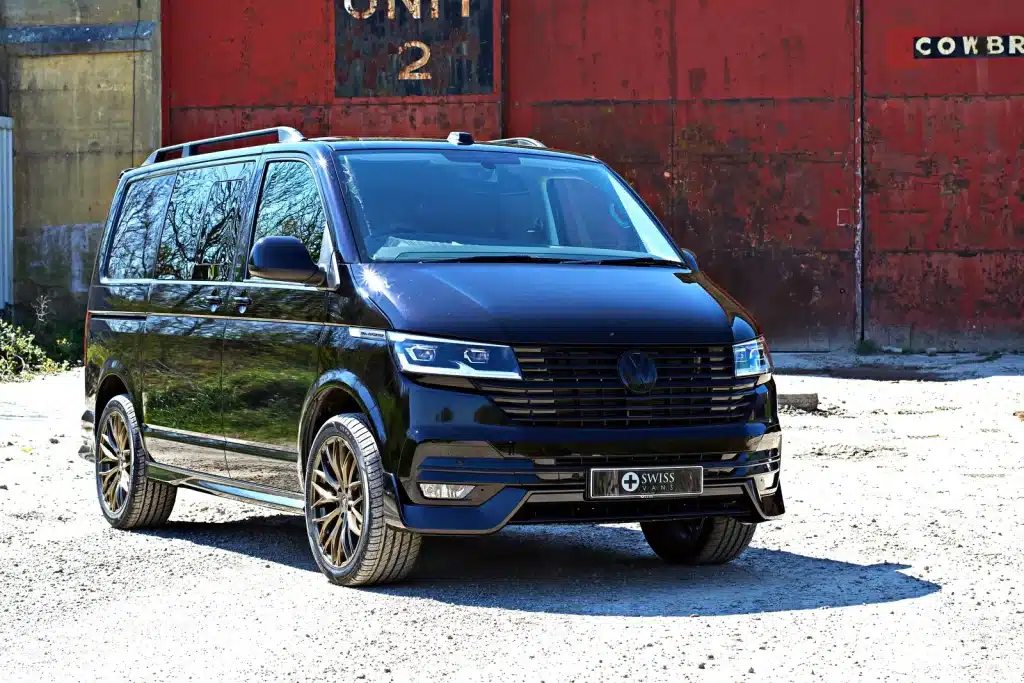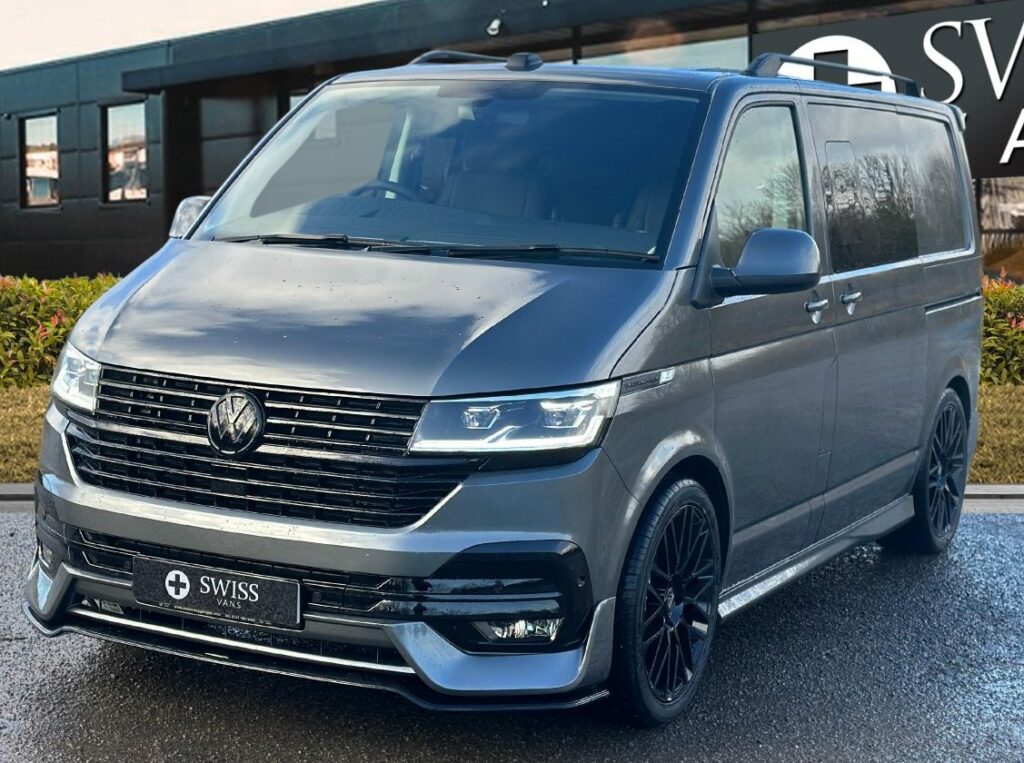The Ford Transit Custom has always been one of the best-selling cars in the world. However, following the pandemic, its sales have skyrocketed. Since its launch, the mid-sized Transit has been a huge success, propelling the Custom to superstar status. The newest model has undergone substantial changes, not the least of which is the Ford Transit Custom’s electrification. Want to know which transit custom engine is best? Read further to know more.
How many different variants of the Ford Transit Custom exist?
The answer to this question will range from a few hundred to several million. If each unique item is counted as a distinct variant, there are about two million combinations; however, a more basic body, engine, gearbox, and trim type computation yields approximately 550.
What about the engines?
The latest vehicle make is powered by a 2-litre EcoBlue engine. It promises fuel savings of up to 6 percent over the previous model. The latest engine offers outputs of 170PS, 150PS, 136PS and 110PS.
A six-speed manual transmission is standard, although a new 8-speed automatic from Ford is available on all versions. Ford has revealed that it would install a new 183bhp diesel engine in its Transit Custom Sport van, making it the most powerful Transit ever.
The 183bhp variant of Ford’s 2.0-litre EcoBlue diesel engine, badged 185, leads the current Transit Sport series lineup. The engine boasts a nine percent boost in power output and offers a massive 415Nm of torque, with the powerful Sport model distinguished by the now-iconic twin sports stripes.
Ford equips the Transit Custom with a more aggressive body kit, brash sports stripes, a choice of 17- or 18-inch alloy wheels, and an interior with partial leather. Customers have the option of purchasing both long- and short-wheelbase models, as well as more traditional van versions with rear windows and more seating. The variant also includes a Wi-Fi hotspot that can accommodate ten devices and a touchscreen with Ford Pass Connect communication features.
Ford Transit custom engine
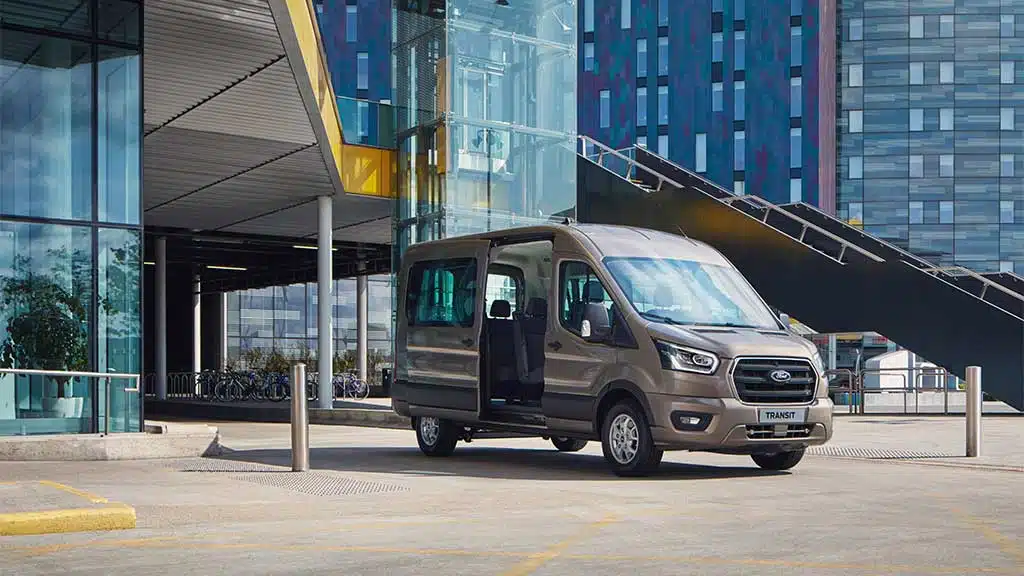
If you are eager to learn which transit custom engine is best, then here is the answer. To comply with Euro 6 pollution regulations, the original 2.2-liter turbodiesel engines from the Euro 5 specification were swapped out with new 2.0-liter EcoBlue engines in 2017.
Along with several other technological advancements, the 2.0-liter engines were introduced, and for the first time, a six-speed automatic transmission was offered as an option.
The 2.0-liter EcoBlue engines saw additional updates in 2019 that included new injectors, pistons, turbochargers, and an on-demand oil pump. According to the changes, real-world fuel efficiency will increase by 7%. Simultaneously, the top-of-the-range engine was upgraded to 185 horsepower. More information about all of this can be found in this section on driving.
Euro 5 engines for Ford Transit
Three different 2.2-liter TDCi turbodiesel engines were available at launch for this generation of Ford Transit, providing the following power outputs:
- 310Nm/100hp
- 125 horsepower at 350 nm
- 155 horsepower at 385 nm
All the variants were evaluated with a 500 kg payload while they were in front and rear wheel drive configurations at launch in 2014. On steep inclines, the 125-horsepower version started struggling but the 155-horsepower version felt incredibly powerful.
Ford Transit Euro 6 Engines
To comply with Euro 6 emissions requirements, Ford introduced a new range of 2.0-liter EcoBlue turbodiesel engines in the summer of 2016 to the Transit lineup. However, these engines didn’t start to be offered in large quantities to UK dealers until 2017.
The following are the Transit 2.0-liter engines’ power outputs:
- 105 horsepower at 360 nm
- 130 horsepower at 385 nm
- 170 horsepower at 405 nm.
As part of the 2019 redesign, a new model with 185 horsepower and 415 Nm was added to the lineup. With 20% more low-end torque early in the rpm range, all of the Euro 6 engines are incredibly strong for their smaller size—an advantage you can feel on the road.
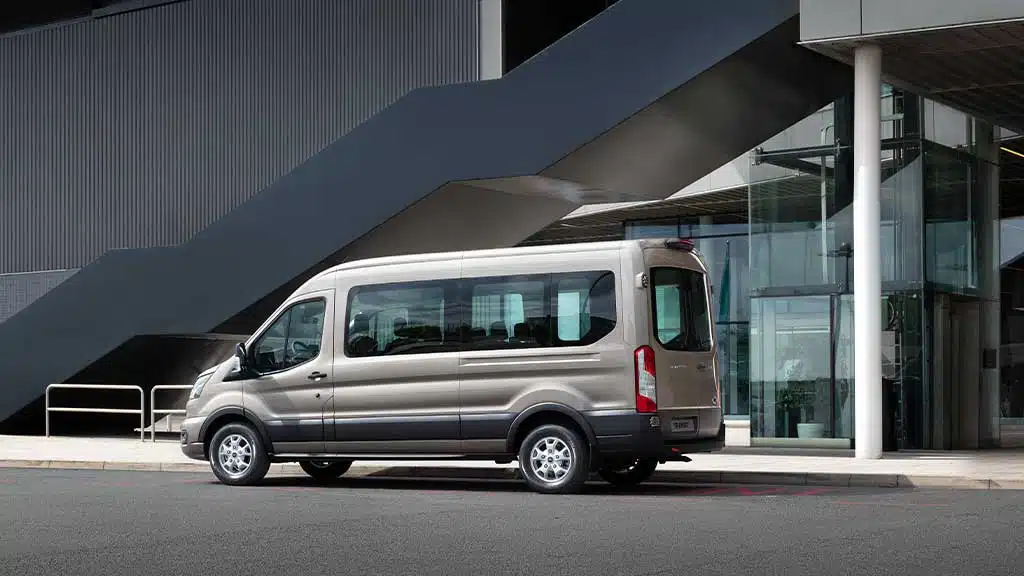
Even the least powerful version, with 105 horsepower, operates well under a variety of testing settings. It was tested with a 600 kg test weight in the back, for example. Every output has been put to the test under diverse conditions. These engines are also quieter than the engines they replace, which enhances the enjoyment of every drive.
Ford Transit 2019 facelift engines
Except for a new 185 horsepower power output at the top of the range, not much appears to have changed for the post-facelift engine lineup on the surface; the other three engine options continue to deliver the same horsepower and torque ratings.
In actuality, though, every one of the new engines gets a higher-pressure fuel injection system, an on-demand oil pump, a redesigned turbocharger, and new piston designs. They are therefore claimed to be more receptive and productive. When driven alone, there isn’t much of a change; however, we did notice that the new engines are noisier than the old ones, with the rear-wheel drive versions being especially noisy inside.
It is not clear if this is due to the engine enhancements or modifications made to some of the materials as part of the facelift’s weight-saving initiative to increase its payload. However, the van is undoubtedly not any quieter now that it has the higher-pressure injectors a new aluminum bonnet, and composite bulkheads. Refinement is therefore one area where the most recent German competitors, the VW Crafter and MAN TGE in particular, clearly outperform the Transit.
To be honest, though, the 2019 Renault Master and Vauxhall Movano updates will also offer the Ford serious competition in this regard. Nevertheless, after a performance test with a half-payload, the Transit’s engines still felt more than capable of moving a lot of cargo with ease.
Transit EcoBlue Hybrid Engine
The Transit EcoBlue Hybrid is referred to as mHEV [Mild Hybrid Electric Vehicle]. It is packed with a 2.0-liter diesel engine that produces 130 horsepower. The mHEV package, which can be installed on any EcoBlue engine, uses new 48-volt electric technology, but in the UK, it will only initially be available with 130 horsepower to gauge demand.
This is not a Transit that can run on electricity for an extended time; for that, you will either need to downsize to the Transit Custom PHEV or wait for the all-electric Transit, which is scheduled to arrive in 2021. Don’t let the word “hybrid” mislead you. To conserve gasoline, the mHEV instead makes use of a starter generator and a tiny lithium-ion battery pack hidden under the passenger seat.
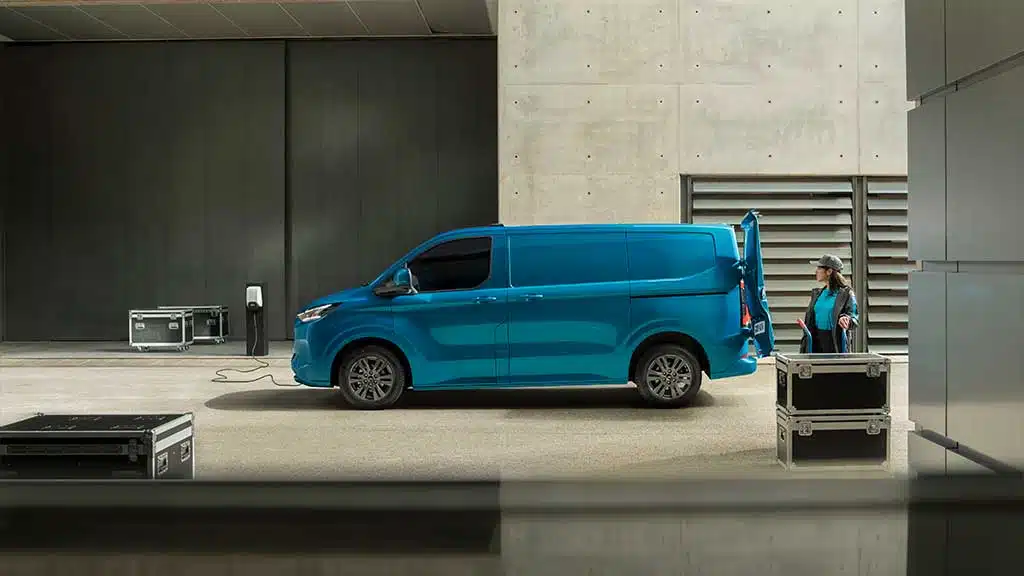
It accomplishes this by employing the extra battery pack to lessen the stress on the engine and by functioning as an enhanced stop-start system, stopping the engine sooner and resuming it faster. Reusing the energy collected during braking to recharge the battery, power electrical components, and even improve engine response at low speeds. According to theory, it will increase fuel efficiency by 3% while driving normally and by up to 8% when traveling through town in stop-start traffic. However, Ford estimates that it will take 80,000 miles before the fuel savings (£700 at launch in 2019) cover the initial outlay, so the numbers aren’t particularly impressive. Additionally, the weight of the mHEV package deducts that amount from your possible maximum payload, further complicating matters.
Not much differences were noted between driving Transits with and without the tech present, except for the way the engine cuts off at low speeds as soon as you depress the clutch.
The fact that the daily driving of the EcoBlue Hybrid is identical to that of any other Transit is fantastic news. However, paying for it now won’t immediately make you feel good because there’s not even an indicator to indicate when more energy is being recovered or the extra battery is being utilized.
What does the electric Ford E-Transit look like?
The Ford E-Transit establishes the benchmark to which other large electric vehicles should strive. It is not only less expensive than competitors, but it is also better made, has a longer range, is more powerful, and has an excellent payload. In short, it is the best alternative available at the moment.

It has a claimed maximum range of 196 miles, and Ford believes that even in the worst-case scenario, you should be able to go 100 miles when carrying things and not being too soft with the throttle. The driving experience is typical of an electric van, which is more than can be said for many competitors, as it is quiet and smooth on the road. There is little wind or road noise, and it is a calm experience.Regardless of which power option you choose, you’ll have access to all 430Nm of torque right away, allowing for quick acceleration from a stop.
In summary
The 2L EcoBlue TDCi engine is a recent addition to the Ford Transit portfolio. It has quickly gained a reputation for its efficiency and dependability. It has a low emission rating and is intended to be low-maintenance. Ford created the 2.0L EcoBlue TDCi diesel engine specifically for their Transit vehicles. It is recognized for its dependability, efficiency, and performance. Although there are multiple engine variants available in Ford models, the recent engine upgrades are remarkable.


